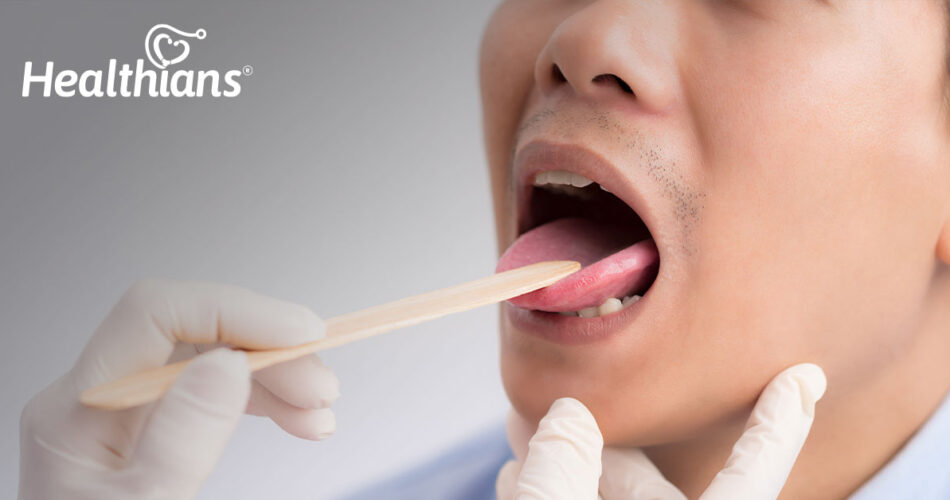Introduction
Do you know that your tongue is an important indicator of your overall health. This small muscular organ is linked to many of your vital organs. Practitioners of traditional Chinese medicine (TCM) have long used tongue readings to make health diagnoses. It itself is regarded as a symbol of your general health in accordance with TCM beliefs.
The different colours, textures, coatings, And shapes of your tongue can not only give a peek at how well your digestive system is working, but can also provide important clues about certain illnesses.
Before we move on to the signs that indicate any problems, it’s crucial to first comprehend the baseline or what is ‘normal’ for a tongue.
So, what should you therefore be checking for on your tongue?
Even though no two healthy tongues are exactly alike, here are a few indicators of what the ‘normal’ tongue can look like.
You can also read: Myths And Facts Of Eating Curd In Winter!
A healthy tongue is:
Pink in colour, though the shade might vary significantly, depending on the person and be either darker or lighter.
Coated in papillae, which are tiny painless nodules or bumps.
Covered with bumps across a good majority of the upper surface.
However, anything beyond the above needs to be discussed with your healthcare provider.
Read on to know some things your tongue can say about your health.
Signs and symptoms of health problems on the tongue – how to interpret them?
Learning to spot the signs of health problems on your tongue reveals underlying conditions of your overall health. Discover the clues your tongue is giving you about your overall oral and system-wide health.
COLORS OF AN UNHEALTHY TONGUE
A pink tongue is considered to be healthy and normal.
A reddish tongue could indicate heat in the body like a fever or a hormonal imbalance.
A reddish-purple tongue could indicate that there may be inflammation or an infection in the body.
A strawberry-red tongue may be a warning sign of Kawasaki disease, which is a rare condition that affects children and causes inflammation of blood vessels throughout the body. It could also indicate a sign of scarlet fever.
Also read: Foods That Can Boost Your Mood And Spirit
A tongue that is blue in colour may be indicative of poor oxygen circulation in the blood due to lung problems or kidney disease.
A pale pink tongue indicates vitamin deficiency, a weak immune system or a lack of energy.
A blackish tongue is most commonly attributed to bacteria from poor oral hygiene.
COATING OF AN UNHEALTHY TONGUE
A tongue coated with bumps across a good majority of the upper surface is considered to be healthy.
A tongue that has thick coating reflects poor intestinal health or digestive issues.
A yellowish coating on the tongue indicates there may be an infection in the body.
A grey or blackish coating across the tongue indicates that something may be very wrong with the way your body metabolizes food.
A heavily coated tongue indicates there may be poor circulation to the extremities or possibly a yeast infection.
A suddenly glossy tongue could suggest that deficiency of certain vitamins.
No Coating on Your Tongue may point out that your body is not producing enough fluids to promote healthy digestion.
SHAPE OF AN UNHEALTHY TONGUE
If the tongue is swollen or puffy with scalloped edges, it may indicate malabsorption of nutrients.
A very thin tongue may be an indicator of dehydration.
Final thoughts
Our tongue is an often-overlooked body part that can provide numerous insights into your overall health. A smooth, flexible, somewhat moist, and pale red tongue is indicative of good health. Therefore, it is good to clean your tongue every day and inspect your tongue in the mirror and notice the colours, bumps, and coatings on it. Don’t let any pain, abnormalities, discoloration, lumps, or sores go undiagnosed. If you encounter these tongue problems chances are something’s wrong with your tongue. Other significant signs of concern can include pain when eating, drinking, and swallowing. This should be monitored and evaluated by a medical professional if it doesn’t go away within two weeks.




